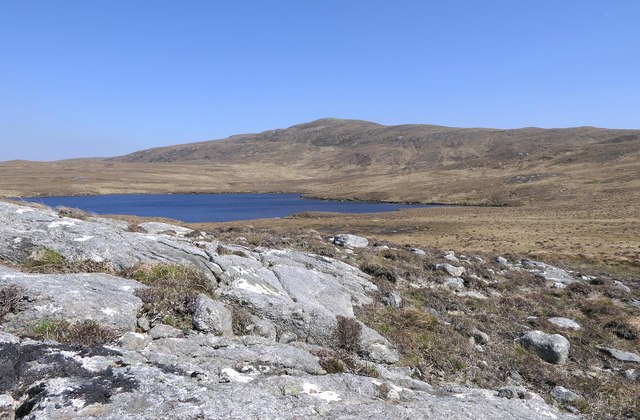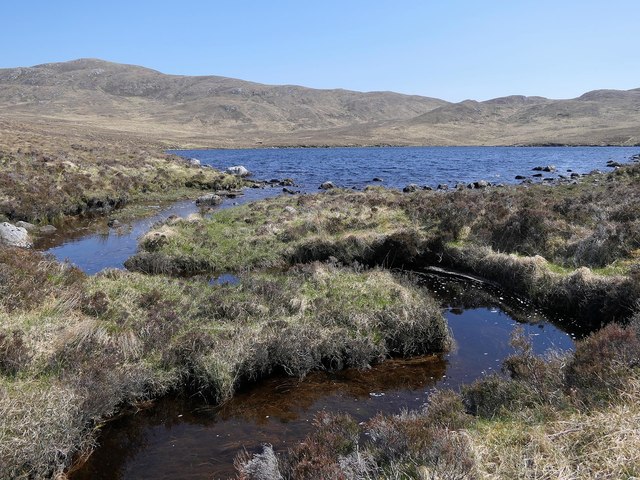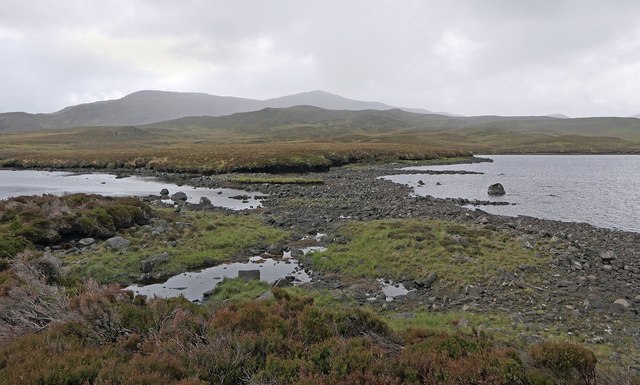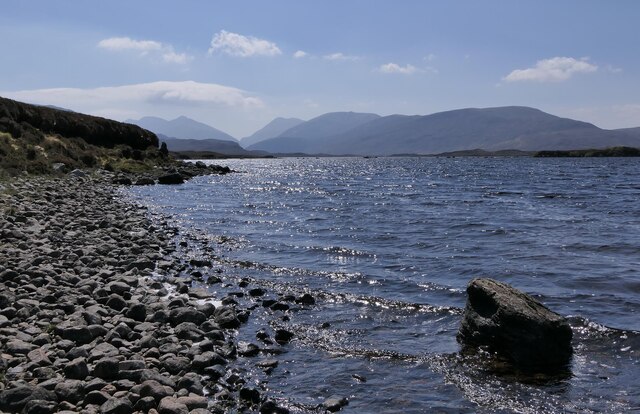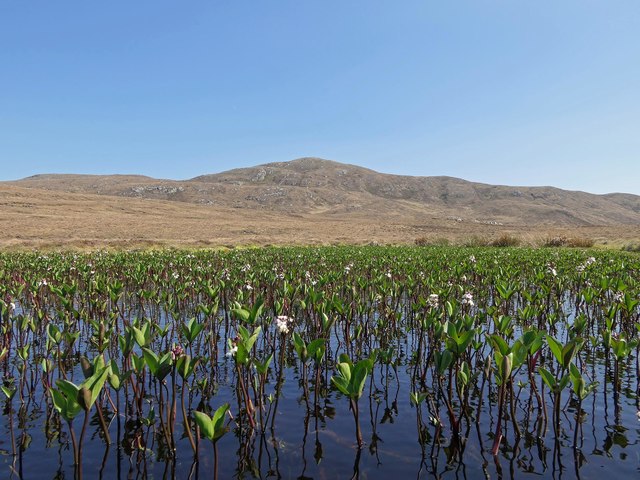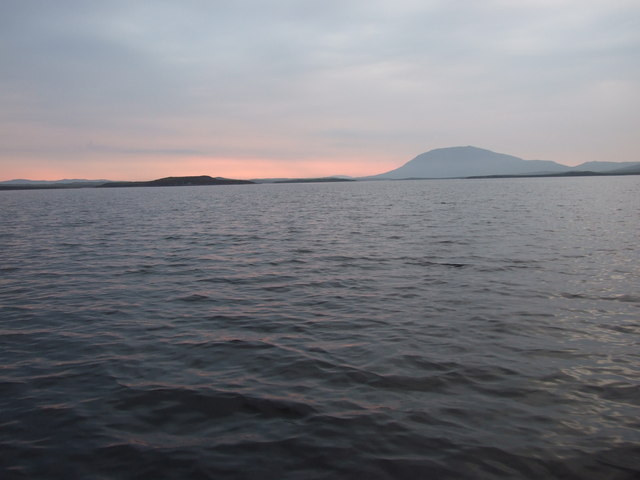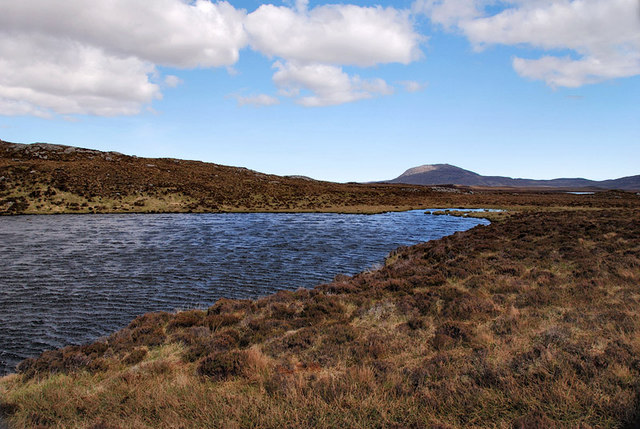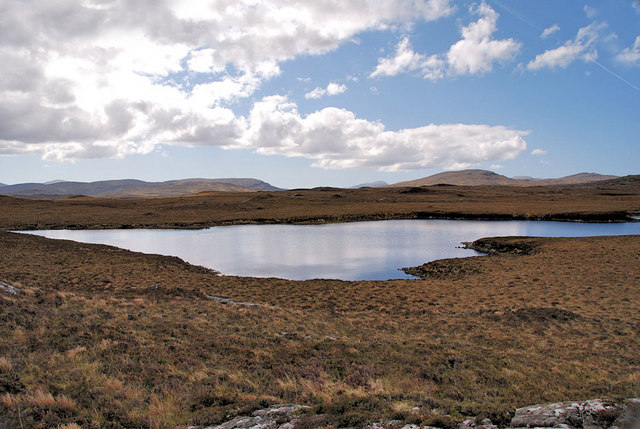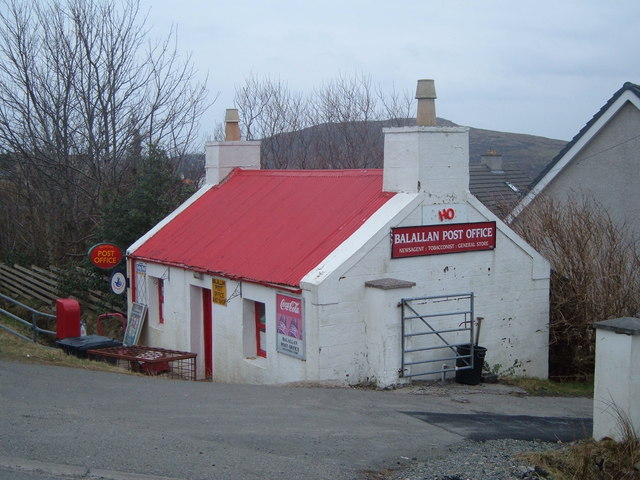Tairead
Island in Ross-shire
Scotland
Tairead
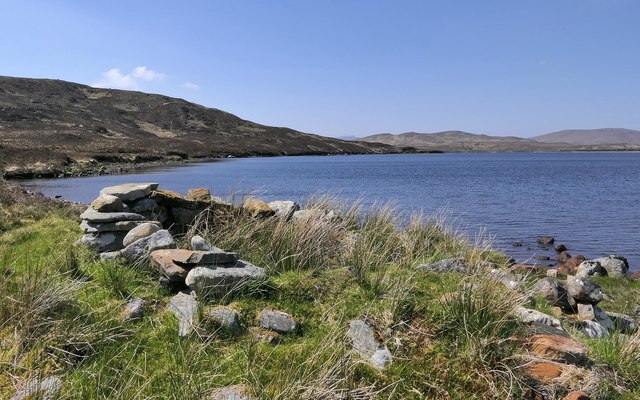
Tairead is a small island located off the coast of Ross-shire, Scotland. With a total land area of approximately 1 square mile, it is one of the lesser-known islands in the region. The island is situated in the Inner Sound, between the larger islands of Skye and Raasay.
Tairead is characterized by its rugged and mountainous landscape, showcasing steep cliffs and dramatic scenery. The island's highest point, known as Tairead Point, reaches an elevation of around 400 feet. The coastline is indented with numerous small bays, providing picturesque views and opportunities for exploration.
The island is sparsely populated, with only a handful of residents calling Tairead home. The main industry on the island is farming, with sheep and cattle rearing being the primary agricultural activities. There are no towns or villages on the island, and the majority of the land is privately owned.
Tairead offers a tranquil and isolated environment, making it a haven for wildlife. Various birds, including puffins and sea eagles, can be spotted around the island, while seals and dolphins can often be seen in the surrounding waters. The island also boasts a diverse range of plant species, with heather and wildflowers covering the hillsides during the summer months.
Access to Tairead is primarily by boat from nearby ports on the mainland. The island does not have any tourist facilities or accommodations, making it a destination for those seeking solitude and a connection with nature.
If you have any feedback on the listing, please let us know in the comments section below.
Tairead Images
Images are sourced within 2km of 58.084317/-6.7649833 or Grid Reference NB1920. Thanks to Geograph Open Source API. All images are credited.

Tairead is located at Grid Ref: NB1920 (Lat: 58.084317, Lng: -6.7649833)
Unitary Authority: Na h-Eileanan an Iar
Police Authority: Highlands and Islands
What 3 Words
///pupils.beast.partners. Near Leurbost, Na h-Eileanan Siar
Nearby Locations
Related Wikis
Eilean Mòr, Loch Langavat
Eilean Mòr is an island in Loch Langavat on the Isle of Lewis in the Outer Hebrides of Scotland. == Footnotes ==
Airidh a' Bhruaich
Airidh a' Bhruaich (Arivruaich - anglicised) is a scattered crofting township in the South Lochs district of the Isle of Lewis in the Outer Hebrides of...
Gisla Hydro-Electric Scheme
Gisla Hydro-Electric Scheme was a small scheme promoted by the North of Scotland Hydro-Electric Board on the Isle of Lewis, Outer Hebrides, Scotland. It...
Balallan
Balallan (Scottish Gaelic: Baile Ailein, Bail' Ailein), meaning "Allan's Town", is a crofting township on the Isle of Lewis, in the Outer Hebrides, Scotland...
Have you been to Tairead?
Leave your review of Tairead below (or comments, questions and feedback).
